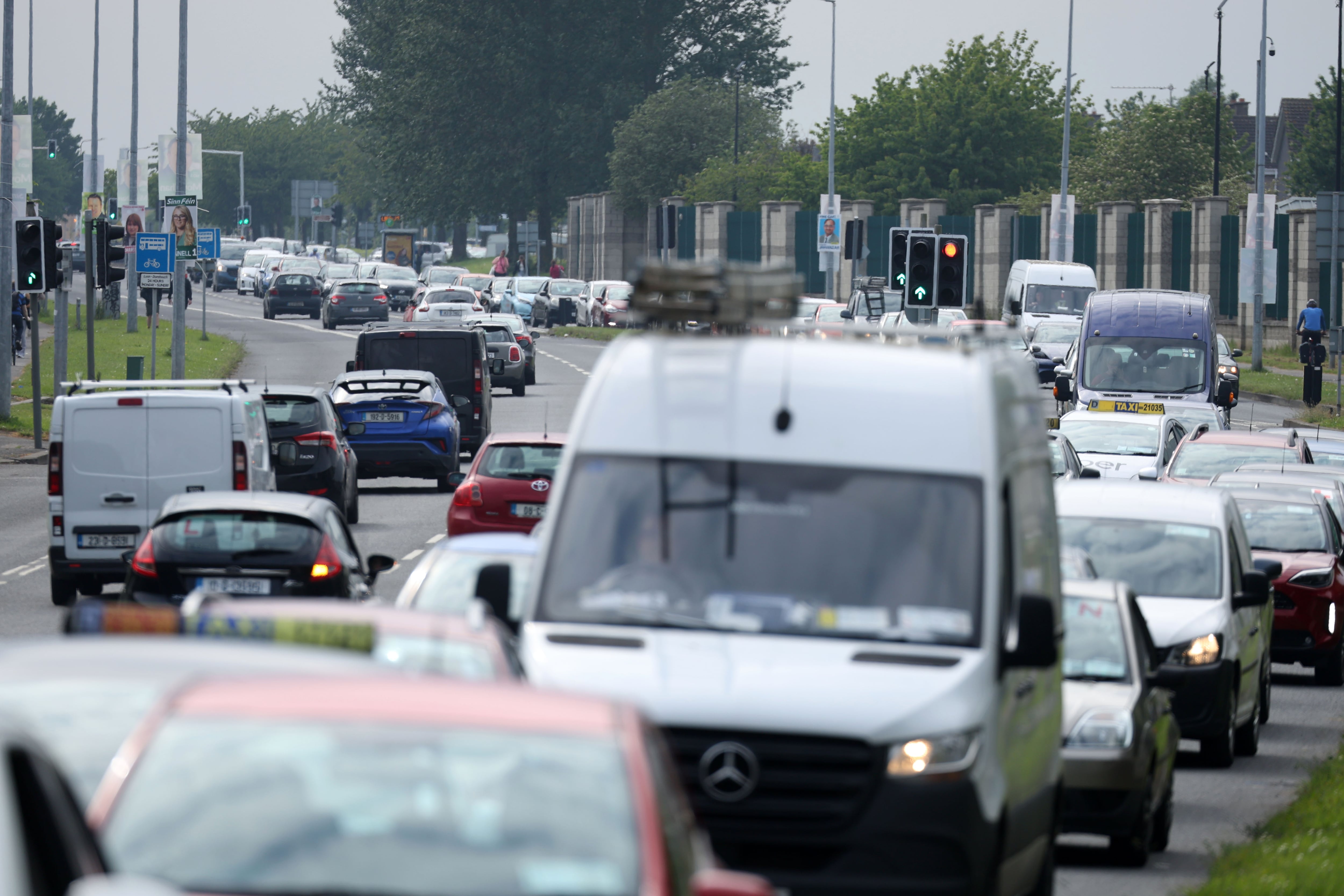Ireland’s first large-scale district heating system has begun operating in Tallaght, Co Dublin, using excess heat from a local data centre.
The Tallaght District Heating Network, built at a cost of €8 million, provides low-carbon heat to South Dublin County Council (SDCC) headquarters, the local library and TU Dublin’s Tallaght campus, while 133 affordable apartments will be serviced by this heat source in 2025.
Minister for the Environment and Climate Eamon Ryan and SDCC mayor Cllr Emma Murphy marked the energy milestone at the Heatworks in Tallaght on Thursday.
Trading as Heatworks, it is Ireland’s first publicly-owned, not-for-profit energy company in an initiative led by SDCC with assistance from its energy agency, Codema.
READ MORE
The network with innovative heat-pump technology uses excess heat from Amazon Web Services’ (AWS) data centre, which has included heat-collection systems in its new facility. This provides recycled heat at no cost as part of its broader sustainability commitments. It is estimated that in this first phase of delivery, the carbon emissions reduction in the Tallaght area will be more than 1,500 tonnes per year.
Heatworks contracted Fortum, a Finnish energy company with extensive district-heating experience, to carry out design, construction, operation and maintenance of the network.
It was partly funded by the EU, the Project Ireland 2040 climate action fund, the Sustainable Energy Authority of Ireland and the SDCC. In the Government’s 2023 climate plan it is envisaged district heating will reach up to 0.8 terawatt hours (TWh) by 2025 and up to 2.7TWh by 2030.
The network “is a leading example of how energy that would be otherwise be wasted is now being used to heat local public buildings”, Mr Ryan said.
“It’s also a working demonstration of smart private-public partnership and an indication of the transformative role that district heating can play in our new, more energy efficient and decarbonised energy mix,” he said.
A district heating steering group would shortly publish its recommendations on how Ireland could reach ambitious targets under the climate plan, “led by our local authorities and facilitated with private sector involvement as is the case here in Tallaght”, he said.
Cllr Murphy said the SDCC was leading the way when it comes to climate change innovation and sustainability, and looked forward the next step in providing sustainable heating to new homes in the area.
AWS country lead Mike Beary said: “AWS has been investing in Tallaght for 15 years now and we are proud to be a part of the community. We love the ambition and spirit of innovation that this first-in-the-nation project embodies. Heatworks will benefit our neighbours for years to come and help the country meet its 2030 renewable energy targets.”
Codema is working with Fingal County Council and other parties with a view to building another large-scale scheme in Blanchardstown. It is partnering with data centre providers including Equinix and Amazon on the project exploring reuse of waste data centre heat, said Codema chief executive Donna Gartland.
They are looking into ways that excess heat can be used to support facilities in the local area, including a hospital, university campus and an aquatics centre, and hope to receive funding this year, she said.
The Irish data centre sector is facing pushback as it has been growing at a rate that challenges Ireland’s infrastructure and renewable energy strategy. Their power consumption has overtaken all electricity used in rural homes in the country. District heating systems are potentially a way to reduce the impact of data centres to provide heating to local homes and businesses while easing dependence on fossil fuels.
“Codema’s mission is to lead the low-carbon transition in Dublin, and one of the ways we have been successfully doing this is by identifying and implementing solutions to help reduce our reliance on fossil fuels. We have enough waste and renewable heat available in Dublin to completely move all buildings away from fossil fuel heating,” Ms Gartland said.
Another major district heating scheme is planned for the Ringsend area in Dublin, using excess heat from a large incinerator operated by Covanta in the locality.










